When I purchased my Sharp Willcom D4 I intended to take it everywhere I went. It was, after all, a portable device so it made sense that it would be my new best friend away from home. I thought that having access to a full desktop environment while on the move would be helpful at times, and also give me a chance to goof off and tinker with computer-related stuff (even when I was supposed to be out and doing something else entirely).
My initial impressions of the device were pretty positive. After having the device for a couple of weeks I started referring to “him” simply as Will. I employed the wonderful tailoring services of my wife to extend my pocket on the jeans I wore most often so I could take Will with me everywhere I went. It worked splendidly. Every time I was out with Will, people were invariably interested in him. He was a real conversation starter to say the least.
Now that I’ve ranted and raved about how great our relationship was in the beginning, I guess I should address some of Will’s shortcomings. I’m not sure how or why the engineers at Sharp didn’t notice his horrible Wi-Fi reception. The antenna was an internal design similar to most laptops. However, Will was somewhat lifeless without internet access.
In most case I struggled to get more than 1-3 bars, even when close to a Wi-Fi signal. It was a real hassle to find Wi-Fi spots that I could actually use. Most of the time I could not see any networks and if I did the signal was so weak that I couldn’t connect to it.
I spent some time on the forums such as Pocketables and spent a ton of time on Japanese forums trying to figure out how to improve Wi-Fi reception. The best thing I found was a newer driver from a different device that shared the same Marvell chip. It helped a little and gave me slightly better connectivity. I was moving in the right direction at that point.
While I had improved Wi-Fi connectivity I still was unhappy with the performance. Will was a great device but one that was crippled because of the Wi-Fi trouble. I decided to go a different direction and see if I could make a hardware upgrade to fix this. At first I tinkered around with internal antennas from other laptops. I pulled Will apart and swapped out his factory antenna for a different one from a HP laptop. This swap netted me a little better reception, and at that point I realized I was onto something with the antenna.
I spent some time trying to research the best approach for fixing the antenna. After a while, I decided that only an external antenna would give me the performance I required. I knew I needed something with a higher gain than any internal antenna could offer. I searched on some of my favorite electronics websites until I found what I thought was the perfect external antenna. Its length matched Will’s and it already had the antenna with correct UFL/SMA connector on it. It had a 90 degree joint on it as well, which was perfect for folding the antenna flat.
When I received the antenna I quickly tore Will down and assessed the best way to attach it to Will’s body. I quickly realized, based on how I held Will, that I would need the antenna on the top. I decided to go with the location right behind the battery for its placement. The antenna was not meant for this kind of install, so I ended up having to use a Dremel to carefully grind down the shape of the male end that protruded out the end of the antenna. After doing that I took an X-Acto knife and started to cut a small incision in the top of Will’s case. Then I went through and cut away all the places on the case where I needed the antenna to attach. There was not that much to cut away in reality, just a couple little edges.
I installed the antenna temporarily first. I tried it out and thought it was pretty good for stability, but decided that I wanted it to be more rigidly mounted. After looking at the tight space I had to work with, I thought it would be best to make up a plug of epoxy that I could harden around the end of the antenna attachment point and then let dry in the exact shape of the assembled case. To do this I used wax paper and mixed up some two part epoxy. Then I wrapped the wax paper around the epoxy and installed it in the space for the antenna attachment. I sealed the case halves together and let it dry overnight. When I took the case apart the next day, I peeled back the wax paper to reveal my perfect plug that fit exactly in the case. I now had what looked like a tooth hanging off the end of the antenna. I used a Dremel and did a little more shaping of it until I was perfectly happy with the fit.
Next I plugged in the connector from the new antenna, and put Will back together for his first test run. After getting Windows booted up, I clicked on the network icon to pull up the available wireless networks. Up to this point in time I had previously only been able to see my own network with about 4 bars and one other network with a strength of 1 bar.
When the network box popped up I was greeted with over 10 networks. Multiple networks had 3-4 bars and my own network now had 5 bars anywhere on my property! Success!
I was stoked how much better the Wi-Fi strength was. I took Will with me the next time I went out and was amazed how many networks I could see. I was almost always able to find a network now I could get onto. This one modification is easily the most useful of any I have done. The antenna folds down perfectly along the top of Will and he still fits in my pocket. While it was not the most straightforward fix and required a little hackery to do, I’m very pleased with the end result.

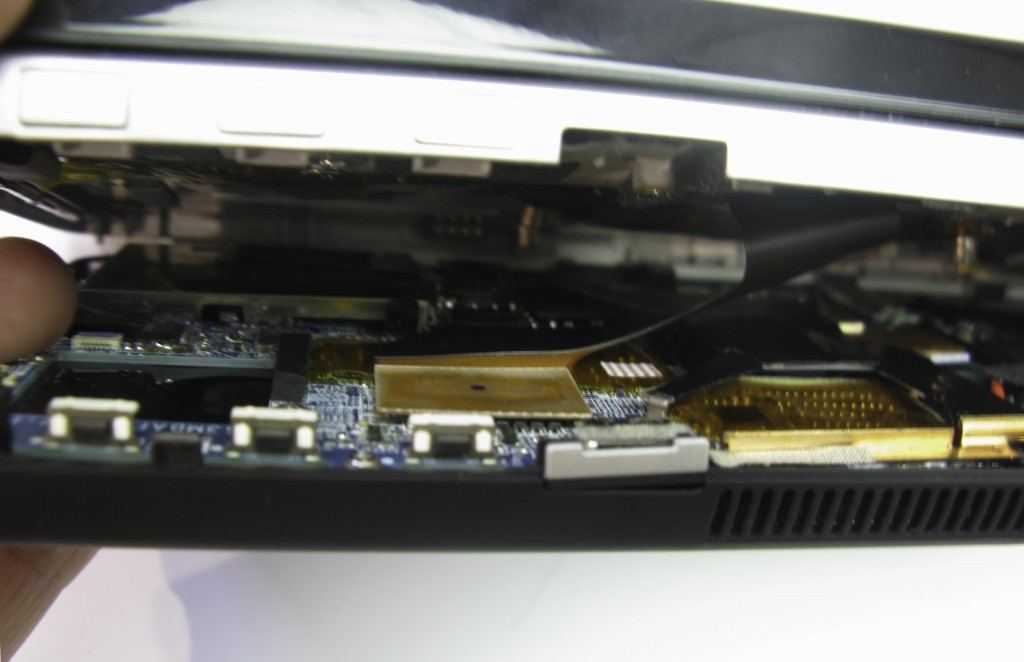
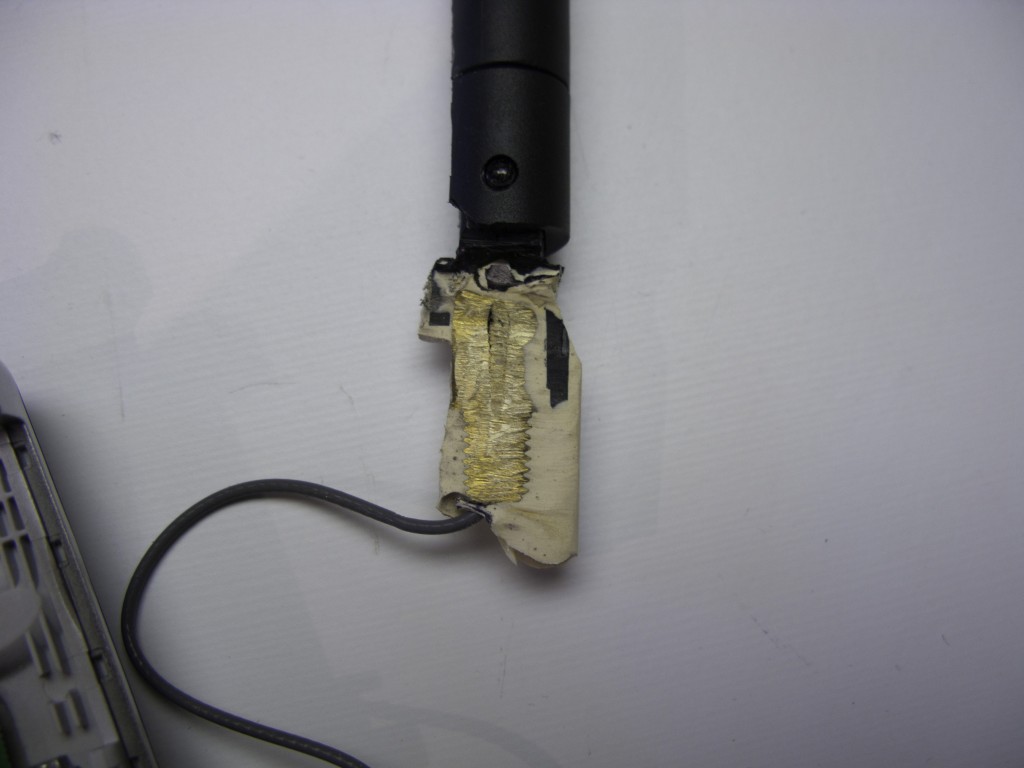
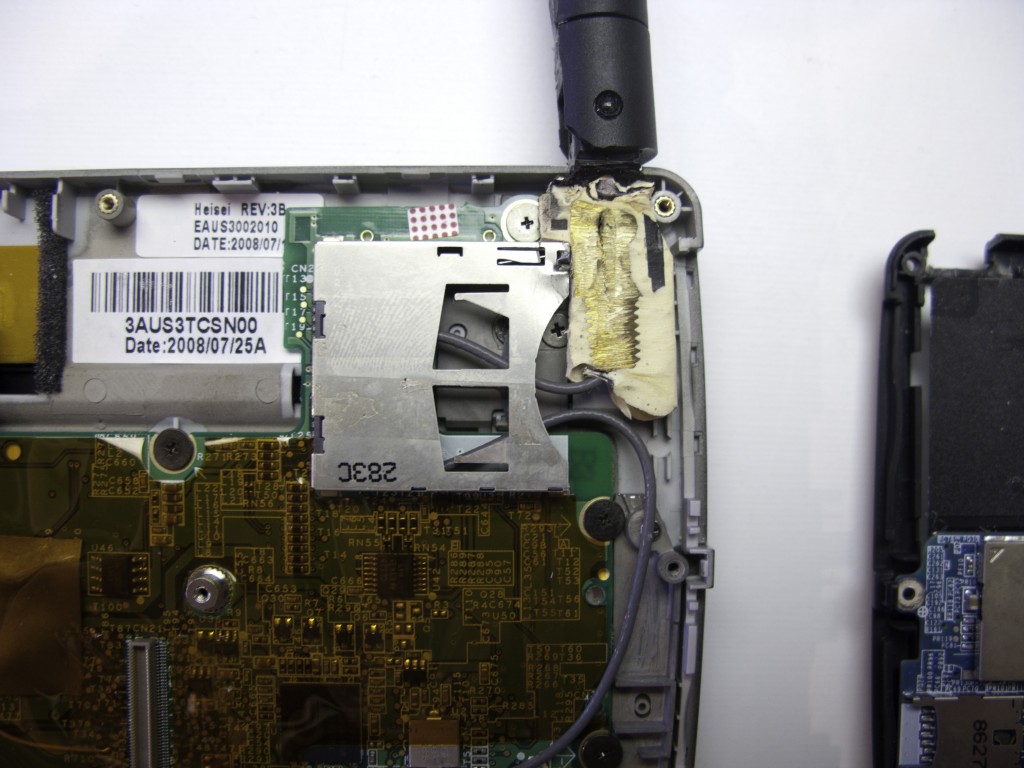
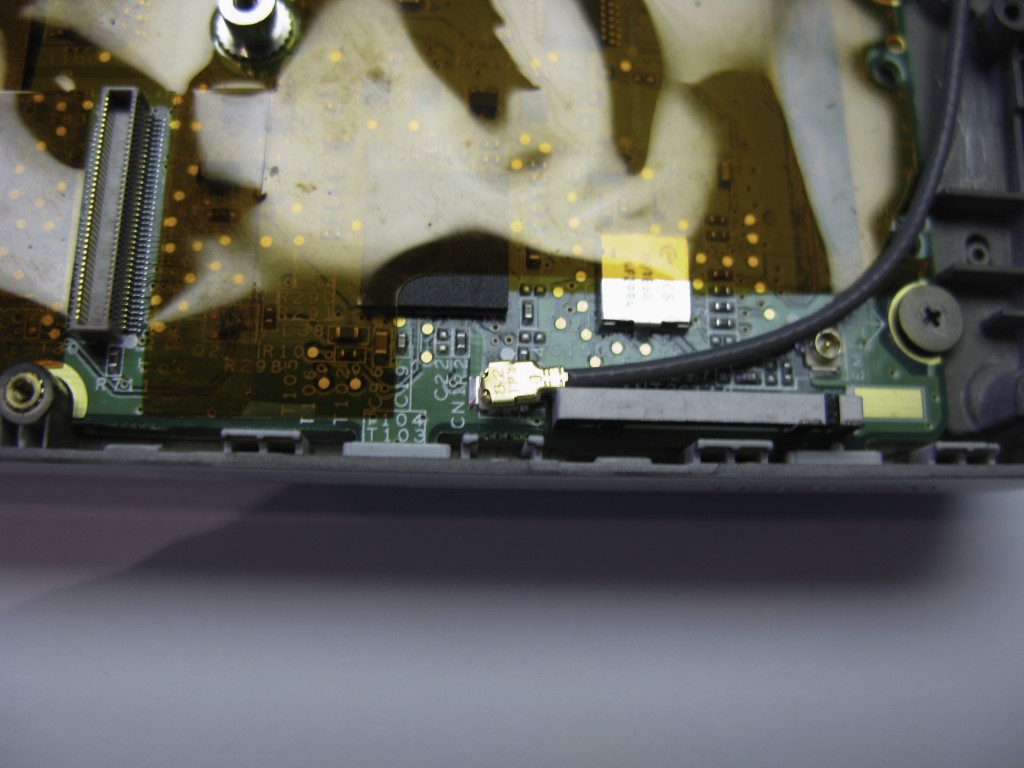
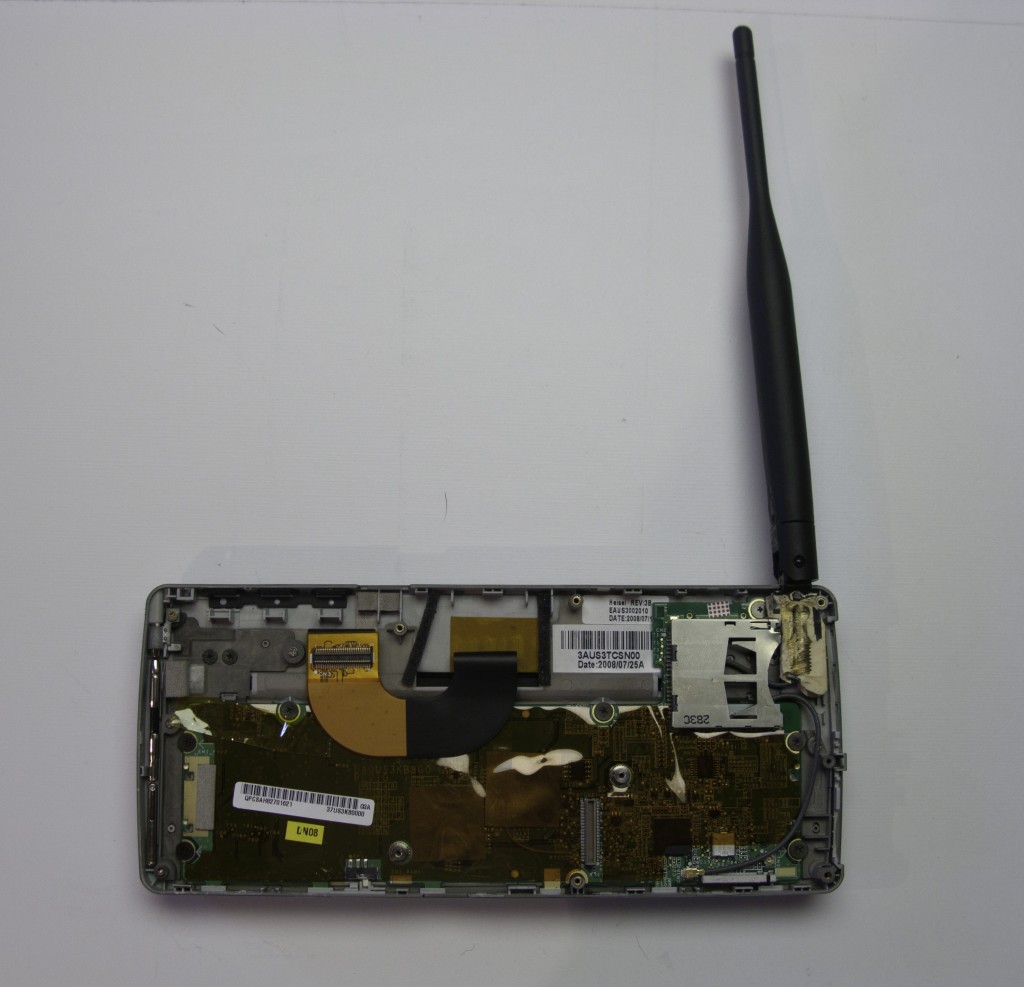
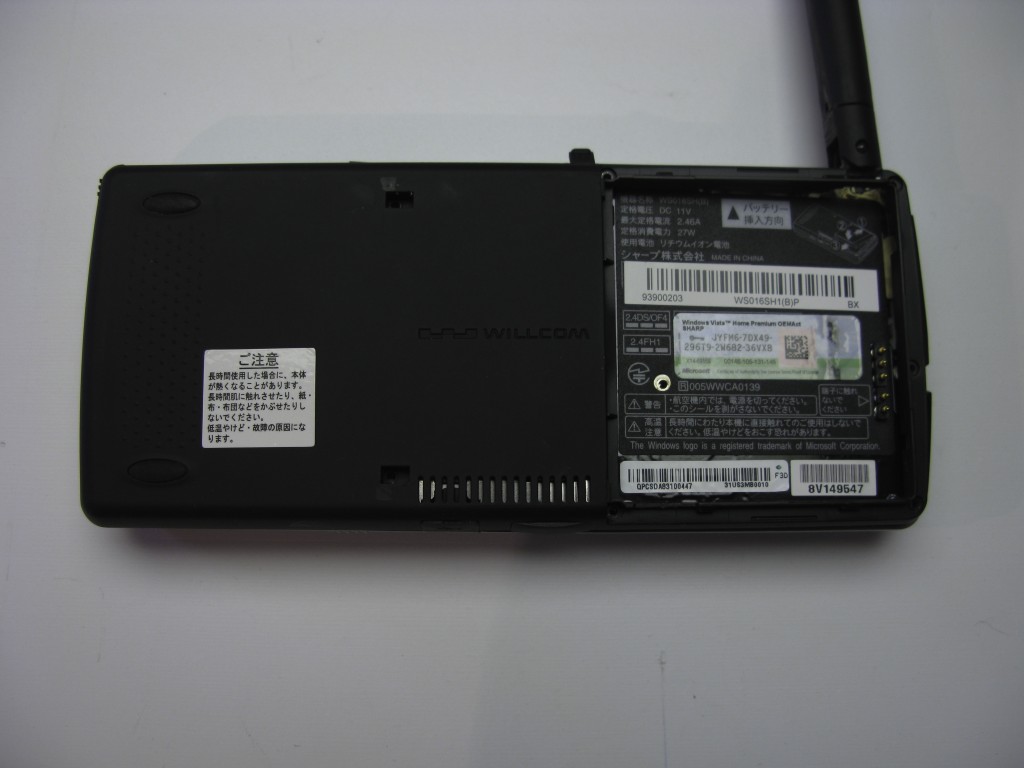
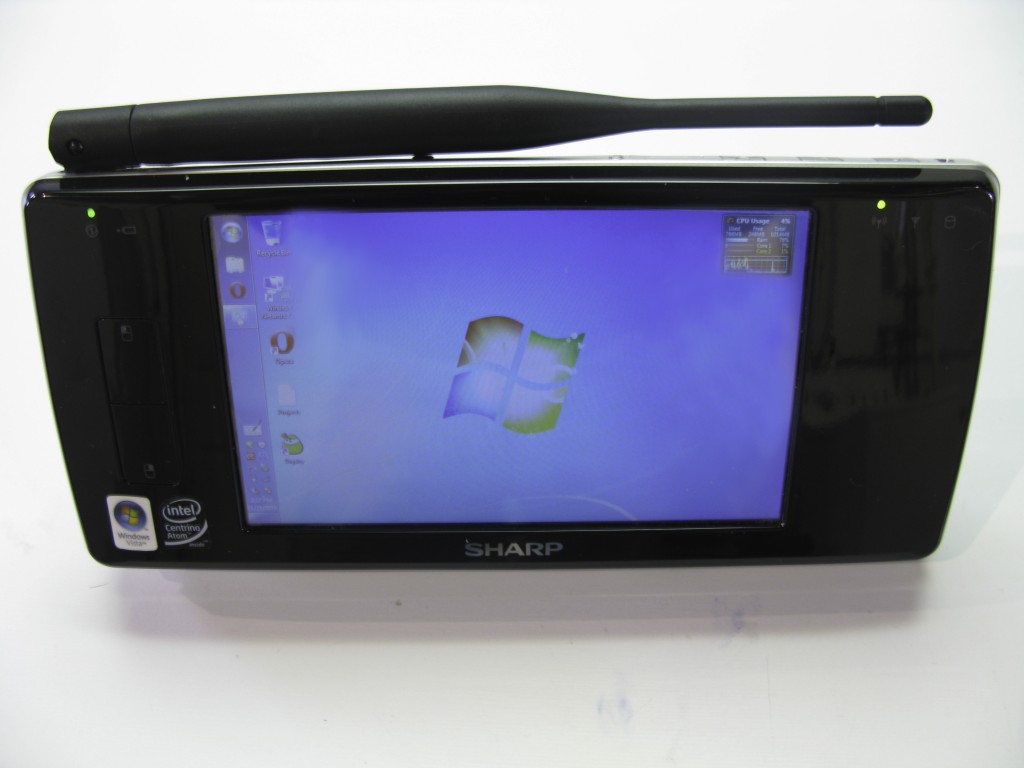
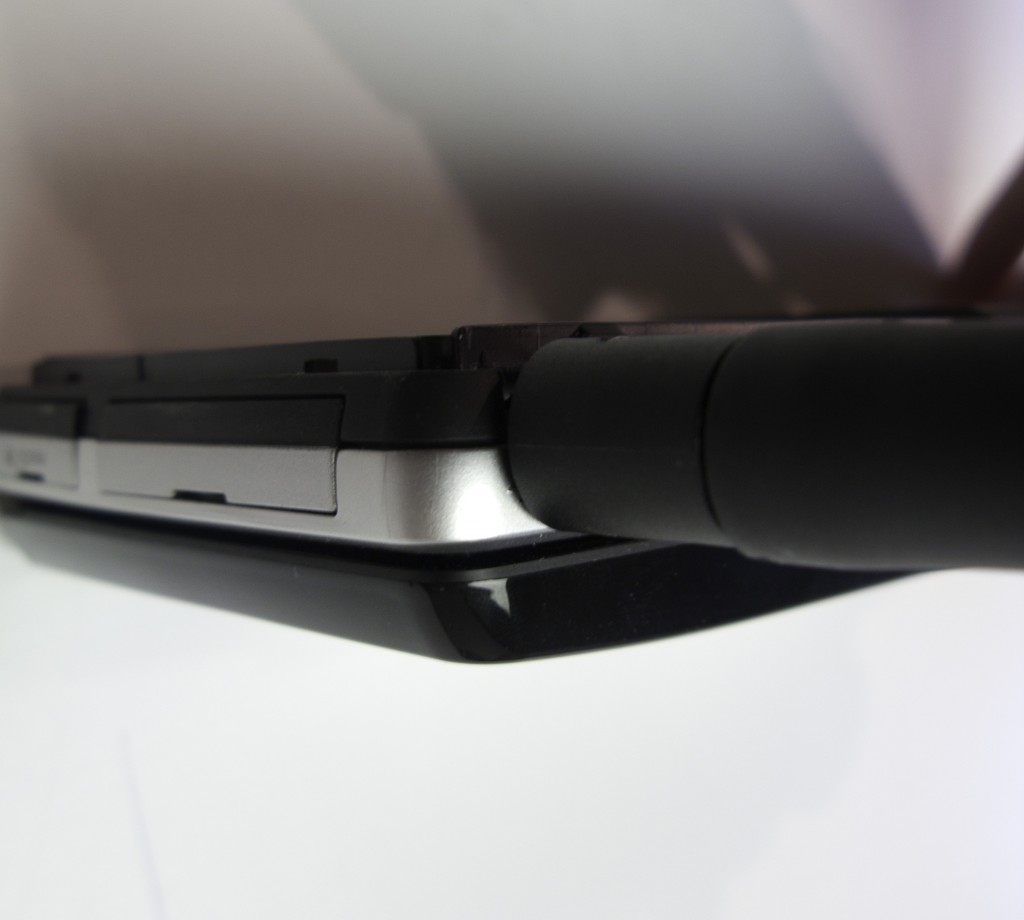
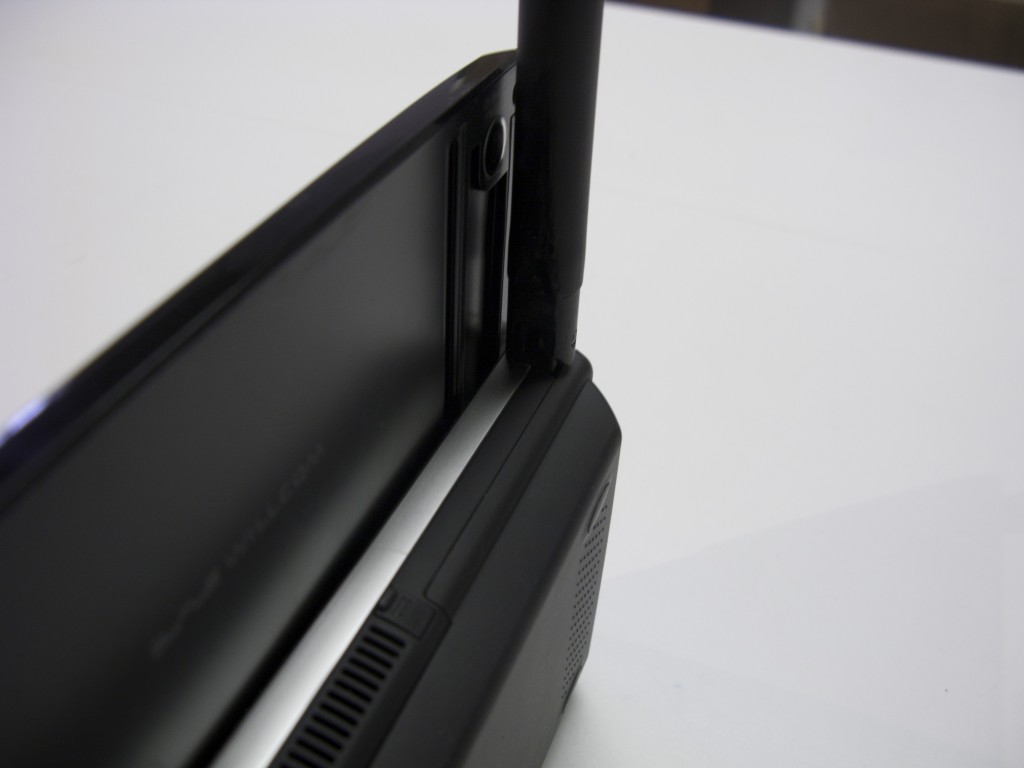
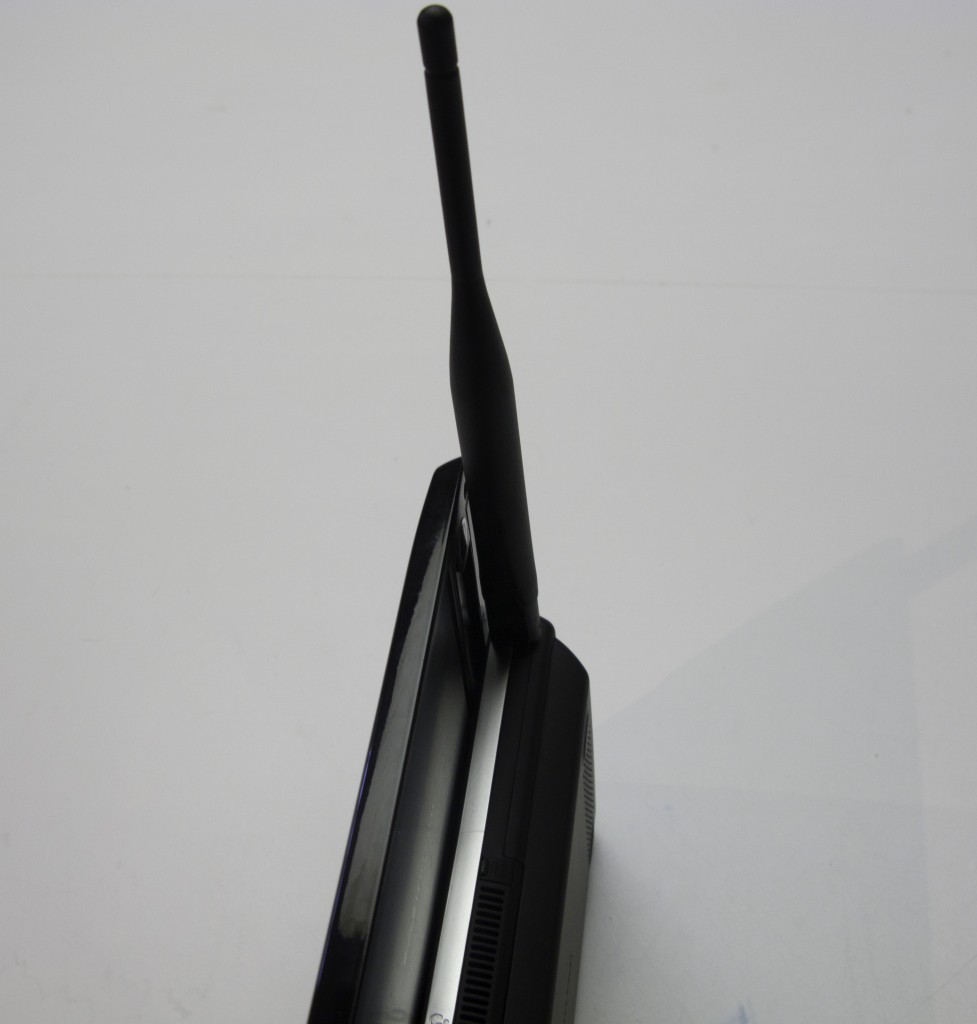
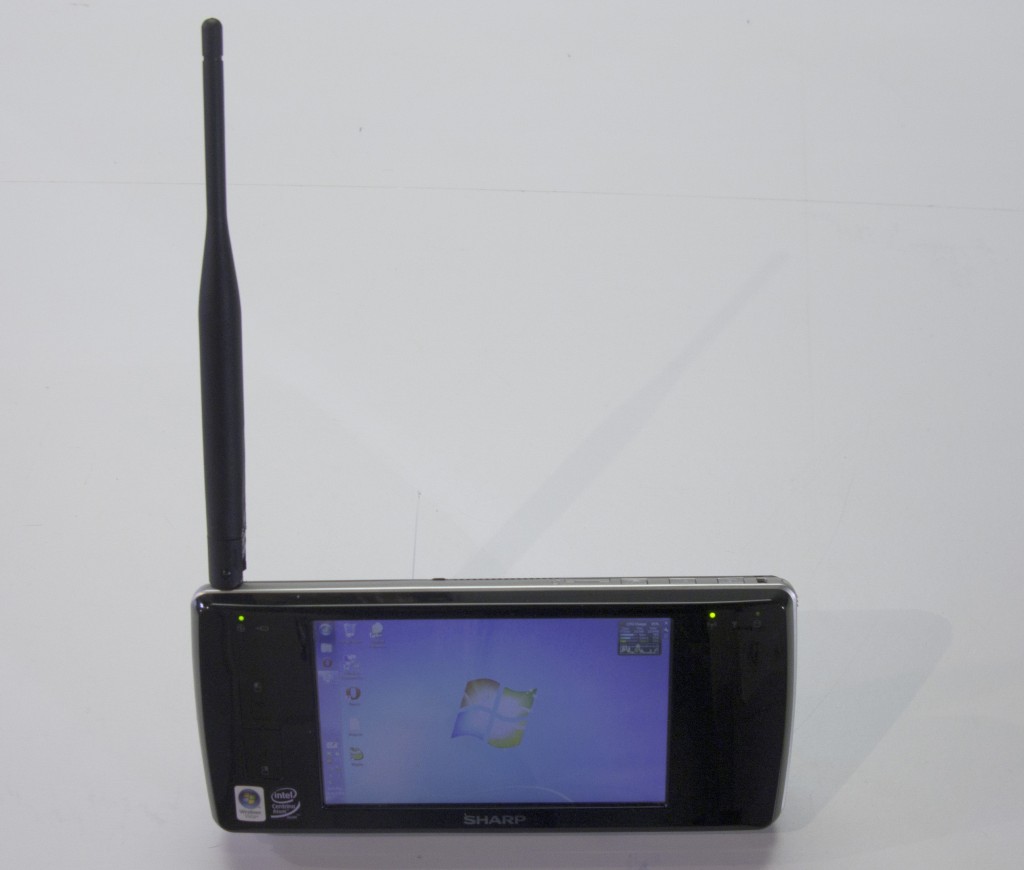
Comments 2
Muhdik! Gimme dat!
Thank you, I have recently been searching for information about this topic for ages and yours is the best I have discovered so far.